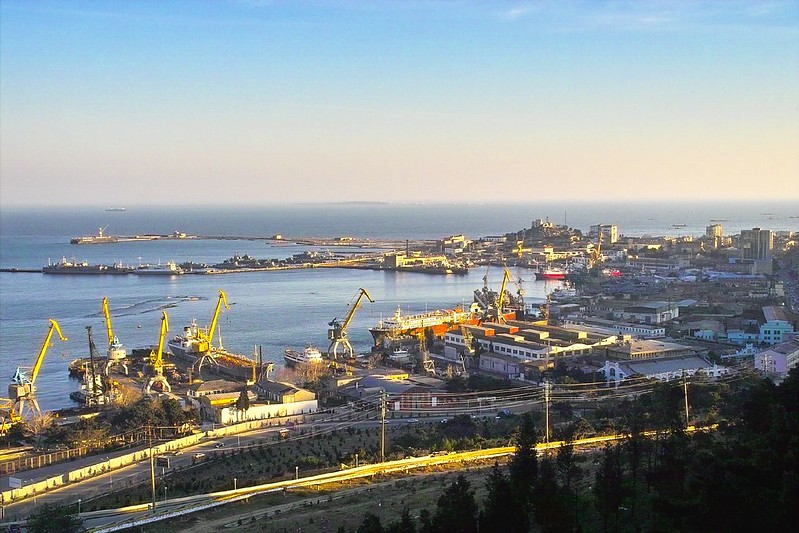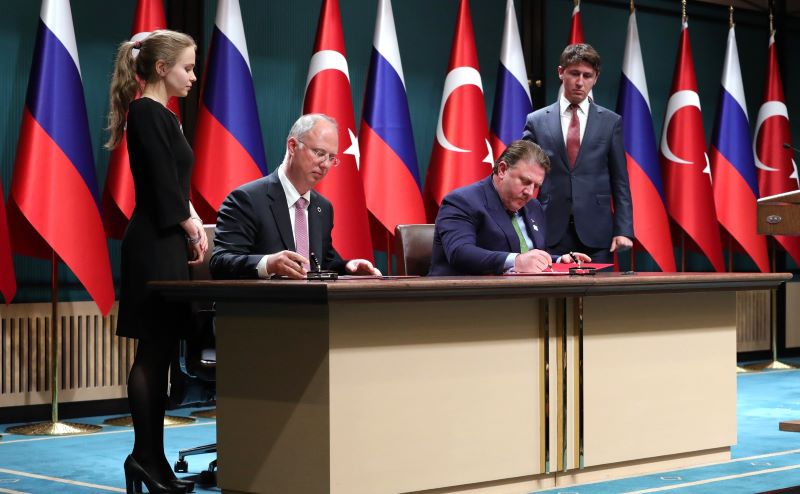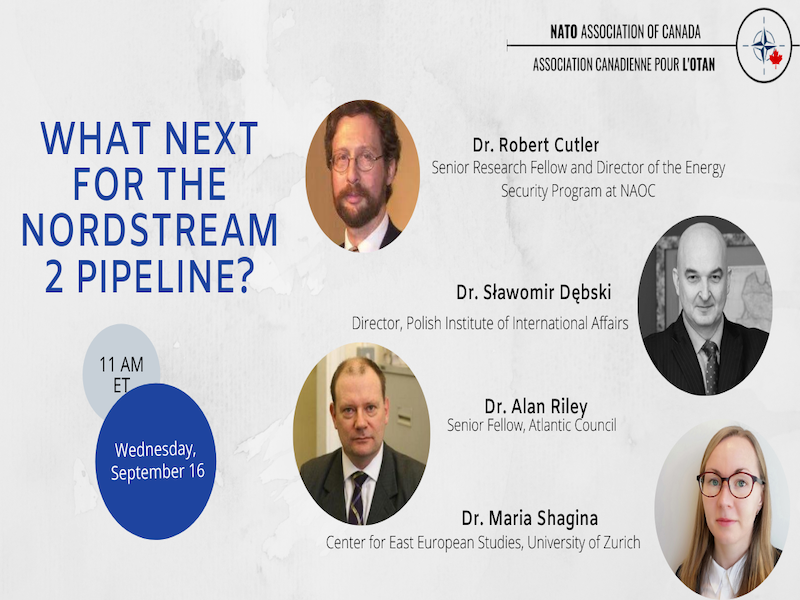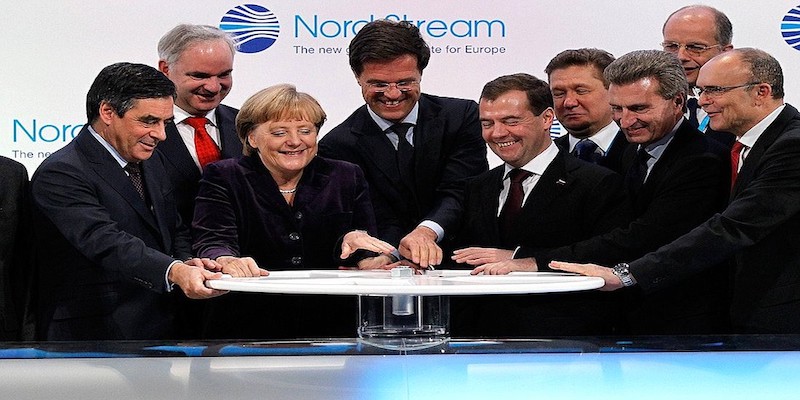Azerbaijan is emerging as a crucial player in Europe’s energy-diversification strategy, as the European Union (EU) addresses its self-inflicted energy deficit that arose from its overreliance on wind and solar power and its failure to promote oil and gas development. The EU’s policy shift away from Russian oil and gas has led to the formation of new energy connections, and not only with Azerbaijan. Liquefied natural gas (LNG) from countries like the United States has helped meet European demand, but the EU is still searching for alternative sources of piped gas to reduce costs.
Background
On 17 December 2022, the leaders of Azerbaijan, Georgia, Romania and Hungary signed an agreement to construct a cable under the Black Sea for carrying electricity to Europe. The cable would stretch almost 1,100 kilometres and have a capacity of 1 gigawatt (GW). The amount of electricity transmitted per year would be equivalent to only 3 billion cubic metres (bcm) of natural gas; nevertheless, the European Commission intends to spend about US$2.4 billion to construct it. The feasibility study should be complete by the end of this year, and the project should then take about three and a half years to finish.
Thanks to the Southern Gas Corridor (SGC), Azerbaijan has become an essential natural-gas supplier to the EU, which plans to double imports from the country by 2027. Azerbaijan’s gas exports to reach Europe through Georgia, Turkey, Greece, and Italy via a series of pipelines comprising the SGC. The South Caucasus Pipeline (SCP) takes it into eastern Turkey, where the Trans-Anatolian Natural Gas Pipeline (TANAP, from its Turkish initials) carries across the peninisula to Greece. From there some small quantities now reach Bulgaria through the Interconnector Greece-Bulgarian (IGB) while the bulk of it transits to Italy via the Trans-Adriatic Pipeline (TAP).
Nevertheless, due its previous short-sightedness, the EU still suffers a shortfall from the loss of Russian supplies, even despite imports from Azerbaijan and other new connections. In 2019, the last full year before the government-imposed economic and social lockdowns, the EU’s gas imports from Russia totalled 169 bcm. This figure represented about 40 percent of total EU gas imports, a figure rising to 60 percent for Germany. The EU had increased its purchases of Russian gas by 150 percent since the beginning of the century. Consequently, Europe looks to continue diversifying its energy sources from countries like the U.S., Qatar, Algeria, Azerbaijan, Norway, Nigeria, and potentially Mozambique for offshore LNG supplies.
Azerbaijan’s Renewable Energy Sector
Azerbaijan aims to increase the share of renewable energy in its total energy production from 17.3 percent in 2021 to 30 percent by 2030. The document “Azerbaijan 2030: National Priorities for Socio-Economic Development” defined these sectors as cardinal directions. The country has accelerated investment in its domestic wind and solar energy development after adopting a new law in 2021 governing their use in the production of electricity. Following this, the construction of the Khizi-Absheron wind-power plant began in 2022, and the Garadagh solar-power plant as well. Foreign companies such as Saudi Arabia’s ACWA Power and the Emirati firm Masdar have invested a combined total of $600 million in these projects.
Azerbaijan thus has significant possibilities for electricity-generation from so-called renewable sources. Its projected wind-energy potential is 7.2 GW, with an additional 2 GW potential for solar energy represented in Karabakh and East Zangezur provinces alone. The Karabakh region by itself offers significant potential for this sort of energy production, with solar and wind energy potentials of 3–4 GW and 300–500 megawatts (MW) respectively.The full technical potential is estimated at 27 GW of onshore wind and solar resources and 157 GW of wind-energy potential in the Azerbaijani section of the Caspian Sea.
Azerbaijan is also using such technologies for power-generation for domestic consumption. This year, the country began constructing in Baku what will be its largest thermal power station (TSP), with a capacity of 1.3 GW. It is planned to incorporate environmentally-friendly technology that, it is estimated, will reduce carbon dioxide emissions by 2 million tons. This piece of key infrastructure should save up to 1 bcm of gas annually, compared to traditional TSPs of the same size.
EU–Azerbaijan Cooperation
Azerbaijan’s potential is thus playing a significant role in the EU’s strategic plan for diversifying its energy sources. Azerbaijan aims to produce 3 GW of wind and 1 GW of solar energy by 2027, of which 80 percent would be earmarked for export to neighbouring countries and Europe. Baku is also working to double its natural-gas exports by 2027 under its co-operation agreement with the EU. The SGC, essential for diversifying Europe’s natural gas supply, plays a significant role in this ambition. In 2022, gas deliveries through it increased by over 40 percent year-on-year, totalling 11.4 bcm.
In 2021, Azerbaijan exported 19 billion cubic metres of gas, of Turkey took 8.5 bcm with the rest going to Bulgaria, Georgia, Greece and Italy. As the TAP’s the current volume is insufficient to meet Europe’s needs, its maximum throughput of the Trans-Adriatic Pipeline is being doubled from 10 to 20 bcm per year (bcm/y). Azerbaijan’s current SGC capacity of 16.2 bcm can be increased in stages to 23 bcm, then 27 bcm, then 31 bcm without requiring construction of a new pipeline. This expansion requires relatively modest new infrastructure and could take four to five years to complete. Azerbaijan has proven natural gas reserves of 2.6 trillion cubic meters (Tcm), with the offshore Shah-Deniz deposit being the largest at 1 Tcm.
The EU’s policy of encouraging the development of wind and solar energy redounds to Azerbaijan’s benefit. Even more advantageous to the EU would have been the maintenance of its previous policies of promoting the oil and gas industries. Still, Baku is expanding its solar- and wind-energy capacity, as well as hydropower for domestic consumption. As the EU continues to diversify its energy sources, cooperation between the EU and Azerbaijan will play a vital role in motivating and realizing further developments in energy-sector co-operation. In this way, the country is showcasing its energy leadership in the region.
Conclusion
Azerbaijan has consistently followed a strategic policy of diversifying the directions and nature of its exports and is therefore confirming its place as a critical player in European energy security. The EU is already strengthening this co-operation though its €2 billion economic investment plan for Azerbaijan that will not only benefit the geopolitical landscape but also contribute to ensuring a low-cost and stable energy-supply chain for Europe.
Photo: ‘Bailovo, Baku, Azerbaijan’, by teuchterlad. Licensed via Creative Commons under CC BY 2.0.
Disclaimer: Any views or opinions expressed in articles are solely those of the authors and do not necessarily represent the views of the NATO Association of Canada.




